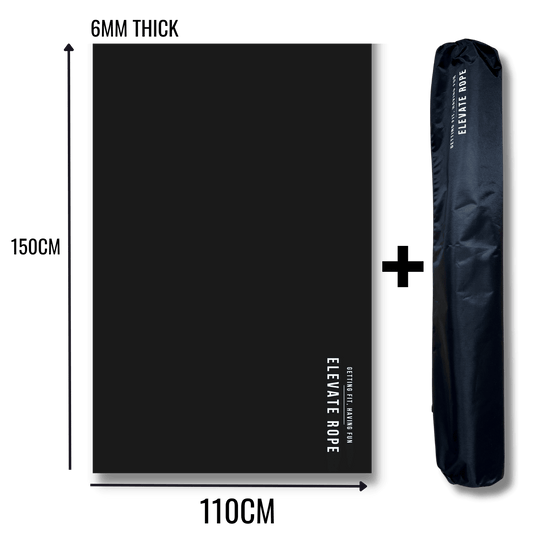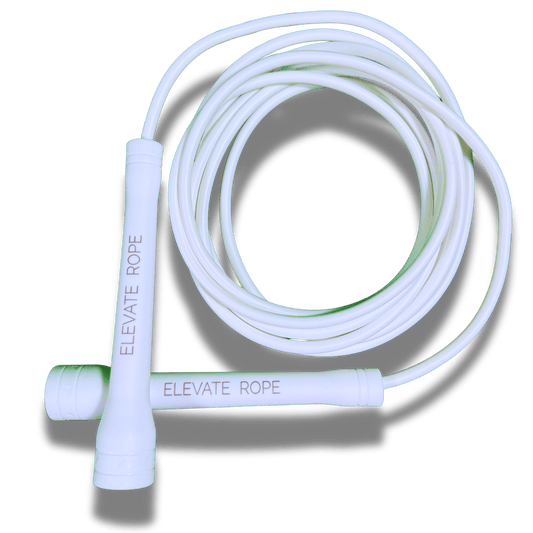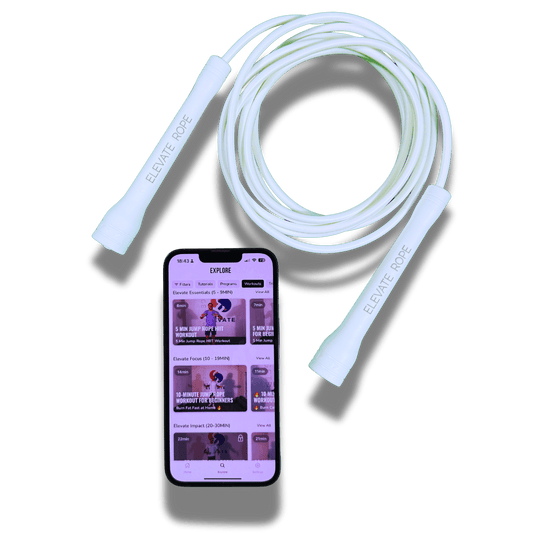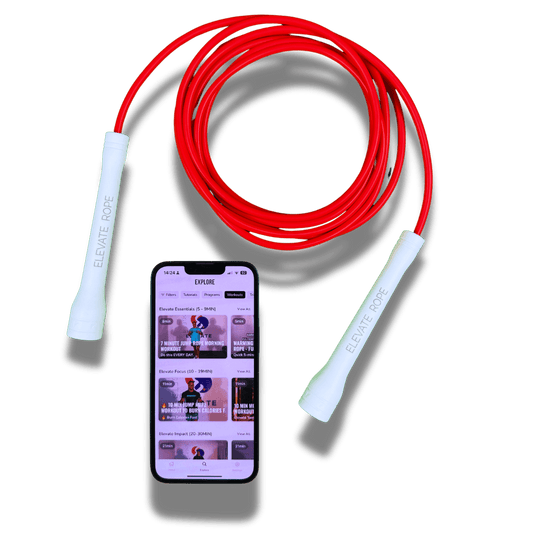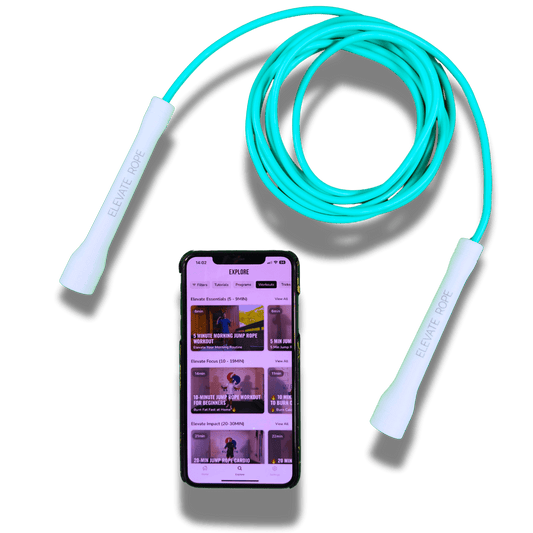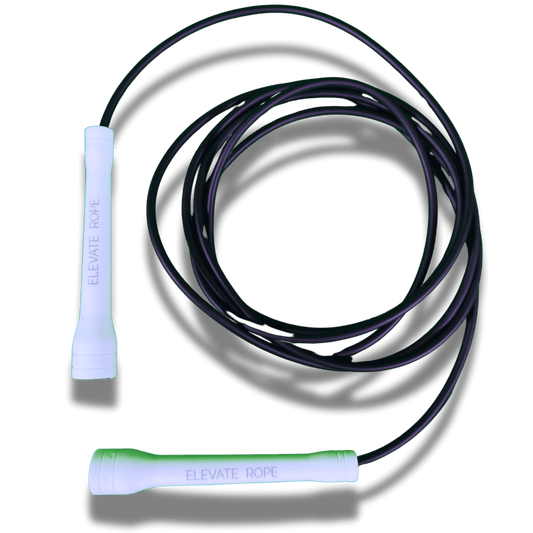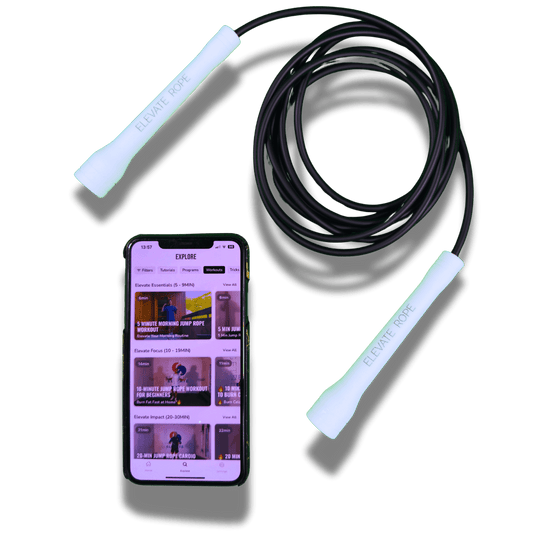Ever feel sore, tight, or drained after a jump rope workout? You're not alone. Whether you're skipping for fun, fitness, or footwork, your body takes a beating.
But how you recover can make or break your progress. Most people focus on jumping better and faster-but forget that rest is part of the process too.
This article will show you how to bounce back smarter. You'll feel stronger, fresher, and ready to hit the rope again. Let's take care of the body that keeps you moving.
Active Recovery
Active recovery is a low-intensity movement performed after workouts or on rest days. It helps reduce muscle stiffness and boosts blood circulation. This makes it easier for the body to flush out waste and bring nutrients to sore muscles.
Common active recovery options include walking, swimming, cycling, or light bodyweight exercises. These movements keep your joints and muscles working without adding stress. You can do them for 20 to 30 minutes, depending on how you feel.
Hydration and Nutrition
Drinking enough water helps your muscles function well during and after jump rope training. Water also supports temperature control and helps transport nutrients. Without proper hydration, you may feel tired, dizzy, or get muscle cramps.
Nutrition plays a key role in recovery after intense sessions. Eating a mix of protein and carbohydrates helps repair muscle fibers and restore energy. Whole foods like eggs, rice, fruits, and lean meat support recovery best.

Stretching and Foam Rolling
Stretching after a jump rope workout helps prevent tightness in muscles. It increases flexibility and supports the full range of motion in the joints. This can lower the risk of injuries if done consistently.
Foam rolling targets sore spots and helps break up tight muscle knots. It also improves blood flow in the tissue, which speeds up healing. Focus on calves, hamstrings, and the lower back for best results.
Understanding how to foam roll properly can make recovery more effective and safer. Some fitness professionals take a foam rolling certification to learn correct techniques and apply them with confidence.
Quality Sleep
Sleep is the time when the body repairs muscles and balances hormones. Getting enough rest helps your body recover fully from jump rope workouts. It also improves focus, mood, and physical strength.
A regular sleep schedule helps you fall asleep faster and stay asleep longer. Try to sleep in a dark, cool room without distractions. Aim for at least 7 to 9 hours of sleep each night to support full recovery.

Cold Therapy
Cold therapy involves using ice packs, cold baths, or cold showers after exercise. It helps reduce muscle inflammation and swelling. This can ease soreness and speed up the healing process.
You can apply cold therapy for 10 to 15 minutes to areas that feel sore or tight. Many athletes use ice baths to recover after hard sessions. Make sure not to apply ice directly to the skin to avoid irritation.
Recharge Your Rhythm Recover To Rise
Your body works hard when you jump, but it needs your help to heal. Skipping recovery can slow you down or even lead to injury. The better you treat your body between sessions, the better it performs when it counts.
Make time for recovery the same way you make time to train. Your future self will thank you with stronger steps and lighter landings.
Did you find the information in this article helpful? If so, be sure to check out our blog for more valuable resources.
